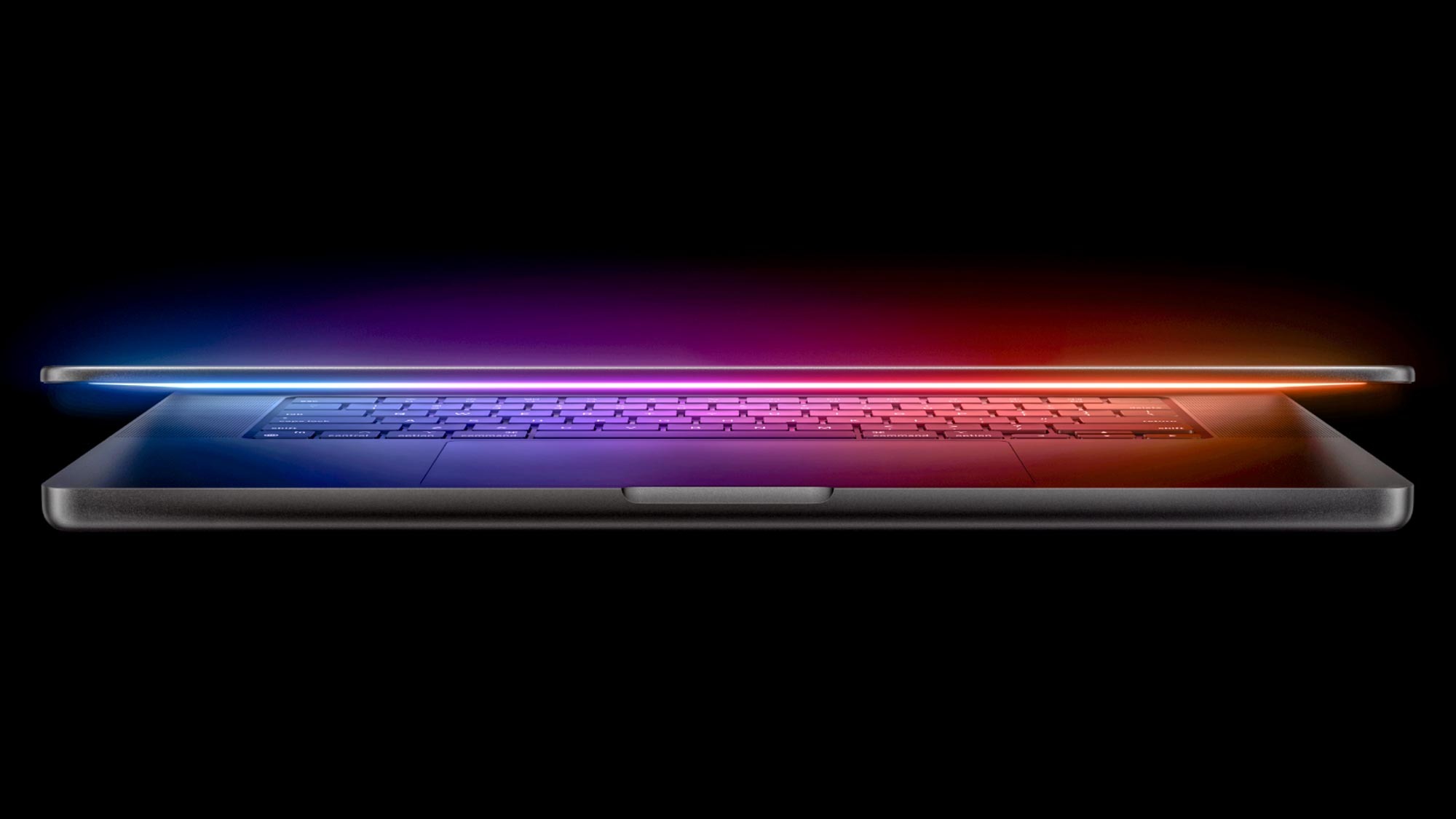
Since its release this month, the new MacBook Pro M4 has comfortably established itself as one of the best laptops you can buy. While Apple made a big deal of the improvements brought by the M4 processor and the inclusion of a glare-limiting nano-texture display, it now seems there may be another big improvement that the company didn’t mention.
As spotted by 9to5Mac, the display analyst Ross Young claims that Apple has included quantum dots inside the laptop’s display for the first time. While previous MacBook Pros used a red KSF phosphor film with the miniLED panels, the switch to quantum dot tech is significant as it means the new screens panels feature “as good or better color gamut and better motion performance”.
Big Apple display news, they have adopted quantum dots for the first time. The latest MacBook Pro's (M4) use a quantum dot (QD) film rather than a red KSF phosphor film. In the past, Apple went with the KSF solution due to better efficiency and lack of cadmium (Cd), but the… pic.twitter.com/5olq9lEHs9November 14, 2024
The faster response rate was verified by the display motion testers at Blur Busters, which replied stating that the M4 MacBook Pro does indeed seem to “significantly faster” than the three previous Apple Silicone-era generations.
“Pixel response is pretty clearly significantly faster when TestUFO motion tests seen side by side, you can go to Apple Store & run http://testufo.com versus M1,” the account wrote. “The M4 LCD is noticeably faster.”
Why now and why no announcement?
There are two big “whys” that come from this. Why has Apple made the switch to quantum dot technology now? And why, having seemingly made the switch, hasn’t the company made a big deal about it?
One explanation on the former is included in Young’s post: not only did the KSF solution offer greater efficiency, but it’s free of cadmium, a human carcinogen. The World Health Organization explains its potential toxic effects on the kidneys, skeletal and respiratory systems, which makes it something the company would prefer to keep away from its e-waste (an Apple policy dating back at least nine years).
Now quantum dot displays are also cadmium free, Apple can comfortably make the switch. But why would Apple not be shouting about this? This is all speculation, but a few possibilities occur.
The first is that it may not be a universal upgrade, and only present in certain configurations of the M4 MacBook Pro. If that’s the case, then it’s better not to highlight it at all until it’s truly available to everyone, to avoid people feeling short changed if their version features the old tech.
Another possibility is that Apple decided that the improvements offered are just a bit too niche and nerdy to shout about in its marketing. “Faster performance and reduced glare” are easy to sell to casual users — pixel response, by contrast, is far more esoteric. There’s a reason why Apple talks about ProMotion rather than 120Hz displays with its iPhones, after all.
And that brings us to the final point: Apple often avoids going into great detail on the nitty gritty of its specifications across the board. We only know about iPhone battery capacities from teardowns, rather than through official communication channels, so perhaps screen tech should be no different.
Whatever the reason, the switch to quantum dot is a positive move and should be a pleasant surprise to buyers of a laptop which is comfortably the best MacBook power users can buy. As our global editor in chief Mark Spoonauer wrote in his four-and-a-half star review: “The M4 MacBook Pro is the laptop I’d buy with my own money. And it’s one of the best laptops you can buy, period.”







